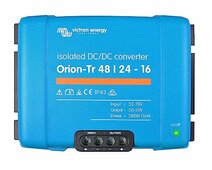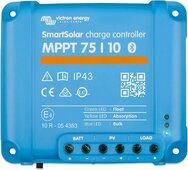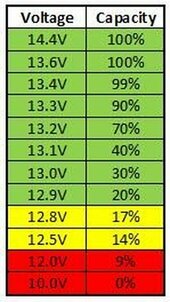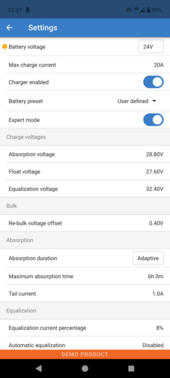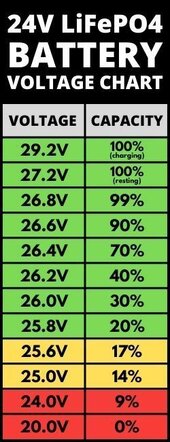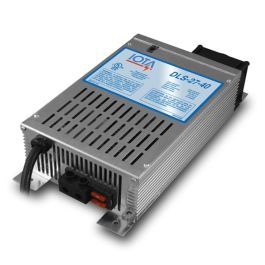MaikaiLife
Solar Enthusiast
I am seeking assistance in identifying the right hardware solution to enable a 24V system to recharge from a 48V system during emergencies.
Here is the scenario: a home has two separate solar systems. The primary system is substantial, featuring 60kW of 48V batteries connected to a Sol-Ark 15K, which powers the entire home except for one critical load circuit. The secondary system is a smaller 24V Victron setup that runs a single critical circuit. This smaller system ensures that when maintenance is performed on the large system, essential services like Starlink and the POE network remain operational.
I am looking for a Victron device that when the SOC drops to around 20%, I need it to draw power from the 48V system to recharge the 24V batteries.
Any recommendations or guidance on the appropriate Victron device to achieve this would be greatly appreciated.
Here is the scenario: a home has two separate solar systems. The primary system is substantial, featuring 60kW of 48V batteries connected to a Sol-Ark 15K, which powers the entire home except for one critical load circuit. The secondary system is a smaller 24V Victron setup that runs a single critical circuit. This smaller system ensures that when maintenance is performed on the large system, essential services like Starlink and the POE network remain operational.
I am looking for a Victron device that when the SOC drops to around 20%, I need it to draw power from the 48V system to recharge the 24V batteries.
Any recommendations or guidance on the appropriate Victron device to achieve this would be greatly appreciated.



